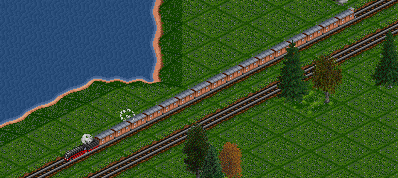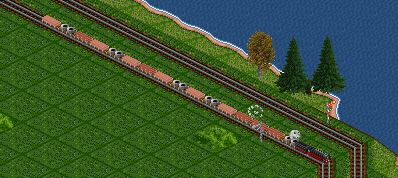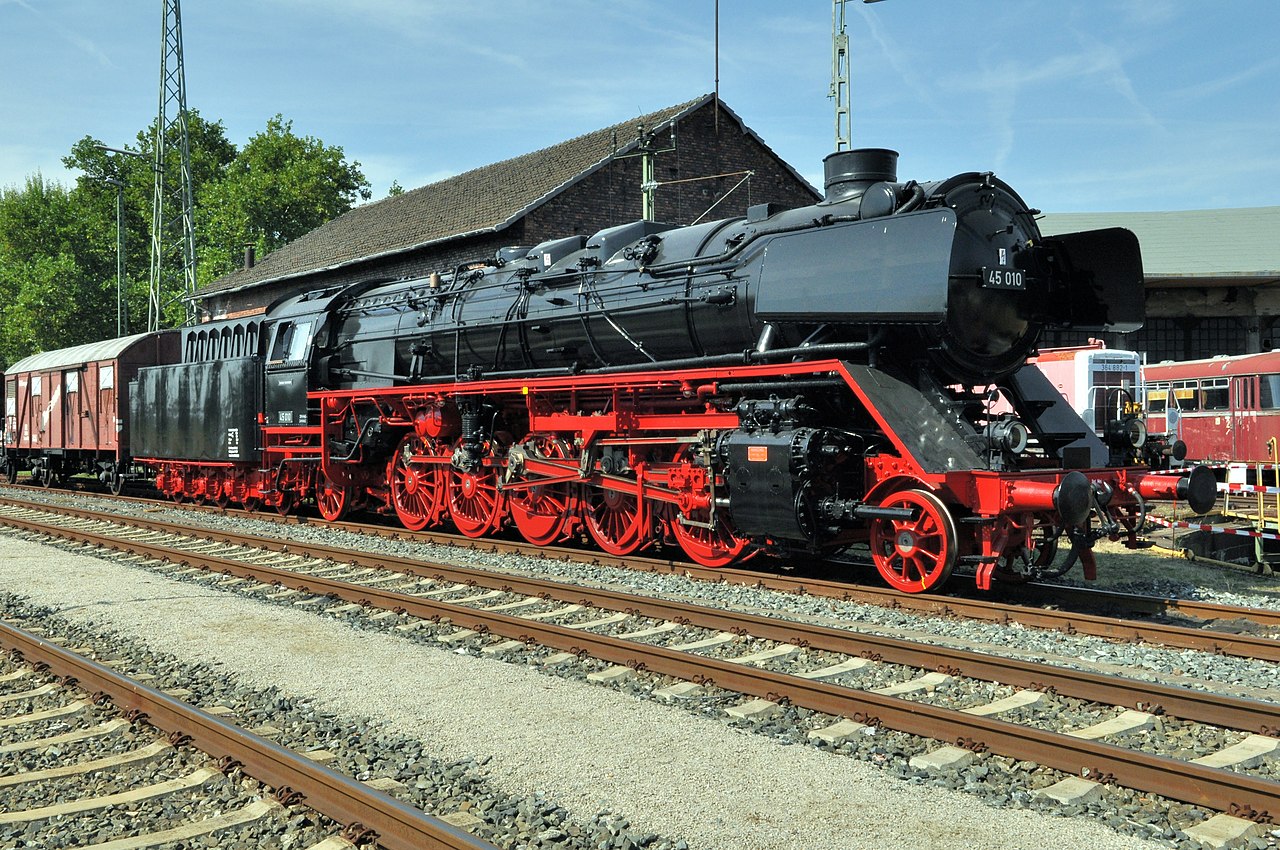Description
The class 45 was the biggest and most powerful freight steamer ever used in Germany. It was part of the general standardization plan of the 1920s, planned as an even stronger variant of the widely used class 44. The first units were delivered in the late 1930s, series production only started in 1940 and was cut short after 28 units due to the war.
The engines could only really show their performance well after the end of the war and only for a short time - many lines had yet to be upgraded to the higher axle loads that this type came with, which had not been any priority during the war. Additionally, there were many issues with the boilers, which had been made of a steel sort that was prone to corrosion (which also happened to many other types at the time). By the end of the war, all units were sidelined either due to boiler issues or due to war-related damages.
In 1950 modifications were done on some of the engines, especially exchanging the boilers. Still, the engines were not in service for a long time, the first ones being retired for good in the mid 1950s. The last units remained in service until the late 1960s, but mainly for trial runs and as braking engines with the Bundesbahnzentralamt in Minden and Munich. The heavy freight trains it had been designed for were hauled by class 44 or after electrification of the lines by the new standard electric types like class 150. One unit is now stored in a museum, all others were scrapped.
One unit remained in East Germany after World War II and had a rather interesting career: In 1950 it served as the base for an experimental boiler burning coal dust. This experiment was not successful, many parts of the engine were then used in 1961 to create the high-speed engine 18 201, which is the fastest steam engine in the world to be in active (not regular, mind you) service today.
In the game this type can have a much more successful career. It is best suited for heavy freight trains on non-electrified lines, which one should have plenty of at that time of the game. It is without any competition in that area well into the 1950s, then you need to decide whether to electrify the lines and switch to new electric engines such as class 150, or keep the engines around until the 1970s and replace them with diesel engines of class 232. The first option is historically accurate, the other one never happend as the class 232 was operated in East Germany, while class 45 was in service in West Germany only.
Images and Screenshots

A BR 45 transporting goods in closed wagons.

This train of flat wagons loaded with steel products is no problem for the BR 45.
Technical Data
| Name | BR 45 |
|---|---|
| Built | 1937-1954 |
| Power | 2855 hp |
| Tractive effort | 260 kN |
| Speed | 56 mph |
| Usage | freight trains |
| Type of terrain | flat to hilly |
Load table
| Speed | Train weight |
|---|---|
| 56 km/h | 2200t |
| 50 km/h | 2600t |
The values in the table are valid for a flat track.
Links
| Wikipedia | RailfanEurope |

